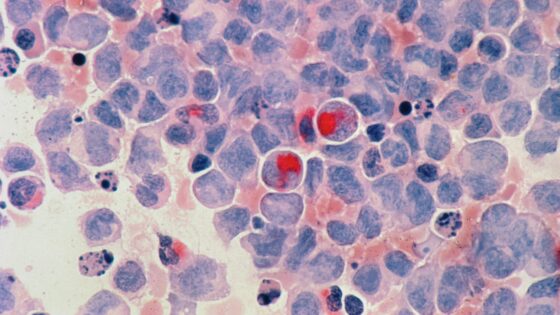More pain now means less pain later. Hopefully.
Scientists recently discovered a new organ that is involved in the sensation of pain, which could lead to the development of new painkillers.
They discovered that the pain-sensing organ seems to be located near the nerve cells that extend into the outer layer of the skin. Researchers now need to determine if these cells are the actual cause for certain kinds of chronic disorders. They have identified this type of cell as a “Schwann” cell, which typically wraps itself around and engulfs nerve cells to help keep them alive.
The study showed that the Schwann cells actually have an octopus-like shape. Because of that, they noticed that the cells have long extensions that wrap around the ends of pain-sensing nerve cells that end up on the outer layer of the skin. This was surprising news because it had long been believed that the endings of nerve cells in the epidermis were unwrapped.
To test their ability to sense pain, scientists used optogenetics in which they modified Schwann cells in the skin of the mice’s feet to produce a protein that could absorb light. When light hits the cells, the protein changes, which affects the membrane and produces a shift in the electrical charge, which stimulates the cell.
When light was shone on the cells, the mice lifted their feet. They would also lick, shake, and guard their paws, indicating that they were experiencing pain. Researchers also exposed the feet of the mice to heat, cold, and pinpricks. They noticed that the mice responded more when they were exposed to light, but they had a reaction for all three stimuli.
The results suggest that Schwann cells are important in sensing pain, at least for mechanical harm. This has not been tested on humans yet, but these results are positive in the hopes of helping people handle pain better.
































